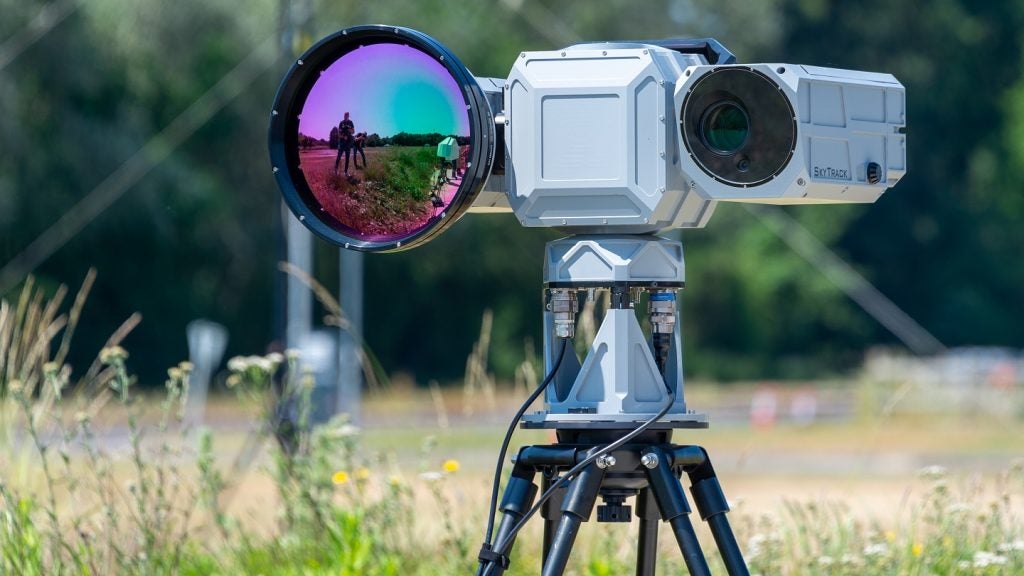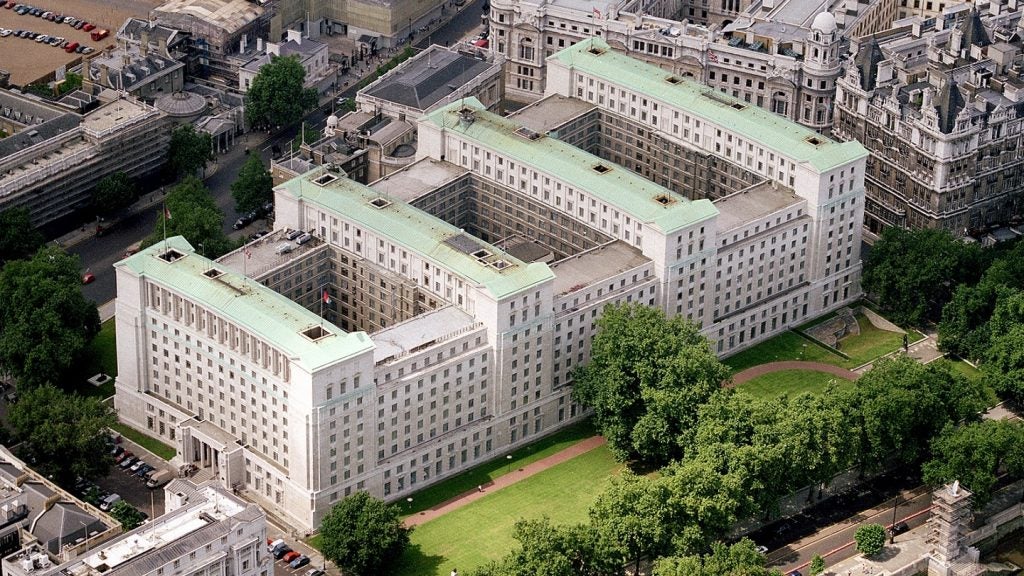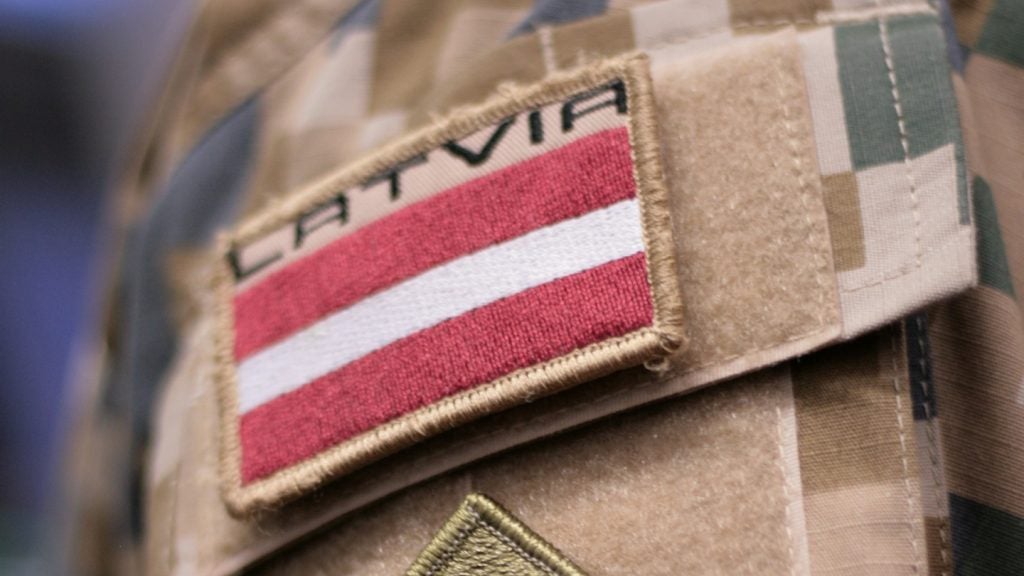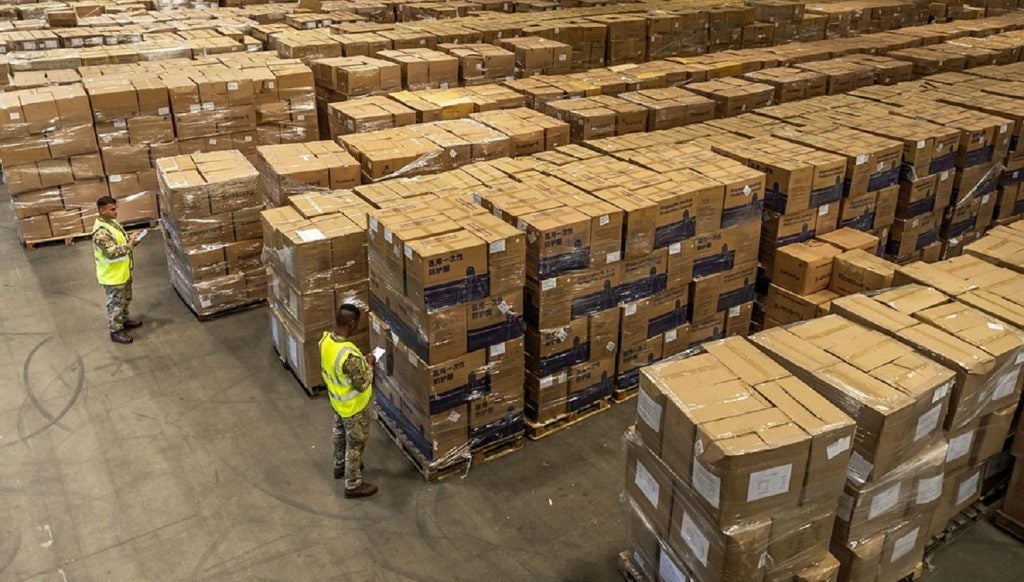
Protests in Syria began in mid-March 2011 against political corruption and economic hardship. There was hope early on that the protests would not lead to the kind of violent suppression imposed by other regimes after president Bashar al-Assad Assad vowed to accelerate reforms and repealed the emergency law in April.
However, the government sent tanks and troops into cities where the protestors had become the most vocal. Human rights groups estimate that more than 1,100 civilians have been killed and 2,000 have fled to refugee camps in Turkey. Thousands more have been arrested.
The West has reacted by imposing stringent sanctions on key figures in Syria, including president Assad himself. To date there has been no suggestion of the type of military intervention that has taken place in Libya because there is no support from the Arab League.
Afghanistan withdrawal
The US took a major step towards a full withdrawal from Afghanistan when president Barack Obama announced he will begin removing troops next month, with 33,000 – a third of troops – to be out of the country by the end of September 2012.
The move was welcomed by Afghan president Hamid Karzai, who said: “The number of troops that he has announced to be withdrawn is a sign that Afghanistan is taking over its own security and is trying to defend its territory by its own means. So we are happy about the announcement.”
See Also:
US defence secretary Robert Gates said the withdrawal would see a shift in strategy towards counter-insurgency. Meanwhile, the AFP news agency reported that the withdrawal decision was influenced by diminishing domestic support for ongoing operations.
How well do you really know your competitors?
Access the most comprehensive Company Profiles on the market, powered by GlobalData. Save hours of research. Gain competitive edge.

Thank you!
Your download email will arrive shortly
Not ready to buy yet? Download a free sample
We are confident about the unique quality of our Company Profiles. However, we want you to make the most beneficial decision for your business, so we offer a free sample that you can download by submitting the below form
By GlobalDataParis Airshow highlights
Military aircraft took a back seat at this year’s International Paris Air Show held on 20-26 June at Le Bourget, with the stand-off between the Boeing 787 Dreamliner and the Airbus 380 superjumbo still dominating the headlines.
Meanwhile, one of the big military themes at the show was how the Libyan conflict had affected sales of fighter jets. France’s Rafael, the Swedish Gripen and the Eurofighter Typhoon, which had their frontline debuts in the conflict, were heavily promoted. All three aircraft are on the shortlist for India’s $8.3 billion tender to supply the Medium Multi-Role Combat Aircraft (MMRCA) for the Indian Air Force (IAF).
After much pioneering work by the military, especially the US Navy, biofuels were big news at the air show, with Honeywell and Boeing showcasing flights using biofuel blends. About a dozen companies that want to make this jet fuel for the global market were exhibiting at the event.
US Navy secretary Ray Mabus said at the event that national security was the main reason the military should be weaned off oil imported from volatile regions. Price spikes also eat into hard-pushed military budgets.
“Our military depends too much on fossil fuels,” Mabus said.
One of the biggest contracts to result from the Airshow was Saudi Arabia’s $1.7 billion direct commercial sales contract deal with Raytheon to upgrade the Kingdom’s Patriot Air and Missile Defence System to the latest Configuration-3. The award includes ground-system hardware, a full training package and support equipment upgrades.
There was another setback for Airbus’ A400M airlifter, which was in attendance but developed a gearbox fault so could not perform any spectator flights.
One of the most anticipated hardware demonstrations was the flight of Eurocopter’s speedy new X3 rotorcraft, which has flown at speeds of up to 260mph in trials.
In other high-tech news, Raytheon used a ‘four-dimensional’ walk-in flight simulator at the show to demonstrate new situational awareness technology that can be integrated into existing flight helmets, overlaying tactical information into a drop-down monocle over one eye. Designed for legacy aircraft such as the F-15 and F-16, it also features ‘3D radio’, allowing the pilot to hear different conversations in each ear, making them easier to distinguish.
Military tech hits and misses from US budget cuts
The US has sent mixed messages about how defence cuts will affect its high-tech military weapons programme.
The US deputy secretary of defense William Lynn claimed the US will continue to lead in unmanned robotic technology despite planned defence budget cuts of $400 billion.
Lynn told a press briefing ahead of the Paris Air Show: “Robotics and unmanned technology is a key future.”
However, the US Senate has dropped funding for the US Navy’s planned Free Electron Laser directed-energy weapon and the Electromagnetic Rail Gun. Both programmes fell under the auspices of the Office of Naval Research (ONR).
The navy has been forced to drop its high-tech weapons programmes following the authorisation of the fiscal 2012 defence authorisation bill by the Senate Armed Services Committee. The committee set the budget at $664.5 billion, some $6.4 billion less than what the Obama administration wanted.







